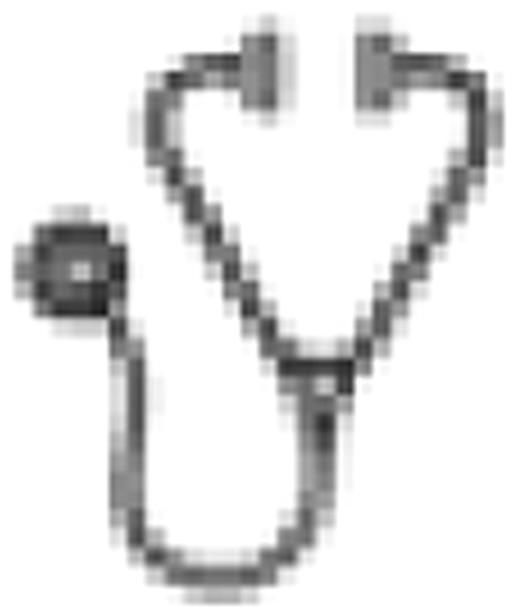Abstract
Genz-112638, a novel oral small molecule inhibitor of glucosylceramide synthase, is under development for the treatment of Gaucher disease type 1 (GD1). An open-label, multicenter Phase 2 clinical trial to evaluate the efficacy, safety, and pharmacokinetics of Genz-112638 in patients with GD1 has completed its primary analysis period and is ongoing.
This trial of Genz-112638, given 50 mg or 100 mg twice per day orally, treated 26 adults with GD1 (16 females, 10 males; mean age 34 years, range 18-60; all Caucasian) at 7 sites in 5 countries. Inclusion criteria included splenomegaly (volume ≥10 multiples of normal [MN]) and either thrombocytopenia (platelet count 45,000-100,000/mm3) or anemia (hemoglobin level 8-10 g/dL [females] or 8-11 g/dL [males]). Patient had not received enzyme replacement or substrate reduction therapy in the prior 12 months. The primary efficacy endpoint was a composite of 52-week improvements in at least 2 of 3 parameters that were abnormal at baseline: spleen volume (–15%), hemoglobin level (+0.5 g/dL) or platelet count (+15%). Bone status was evaluated by central review of MRI, DXA and X-ray. Data were analyzed after 1 year; an additional analysis at 18 months is underway. Long-term treatment and monitoring is ongoing.
Twenty-two patients completed 52 weeks of treatment; 4 withdrew. Twenty patients continued beyond 52 weeks and have now completed 18 months of treatment. The 52-week primary endpoint was met by 77% (20/26) of all patients and by 91% of 22 patients completing 52 weeks. At 52 weeks, mean hemoglobin improved by 1.6 ± 1.3 g/dL and platelet count by 40 ± 37%. Mean spleen volume decreased by 39 ± 11% and mean liver volume by 17 ± 10%. Chitotriosidase and CCL-18 had median decreases of 52% and 55%, respectively. Plasma glucosylceramide levels normalized in all patients. No bone crises or reductions in mobility were reported. Femur MRI showed improved dark marrow signal in 7 patients and stable findings in the remaining 13 patients with data. There were no new lytic lesions or infarcts; one pre-existing infarct progressed. Lumbar spine bone mineral density (DXA Z-score) was -1.32 ± 1.02 at baseline and improved by a mean of 0.31 ± 0.48 (p=0.0146; n=18). Genz-112638 was well tolerated with an acceptable safety profile. In all, 91% of AEs were unrelated to drug treatment and most were mild in severity. The most common AEs overall were urinary tract infection and GI symptoms; no single AE occurred in more than 3 patients. Seven drug-related AEs occurred in 6 patients early in treatment and were mild and transient. Updated 18-month safety and efficacy results will be available for presentation.
Genz-112638 improved hematologic, visceral and bone manifestations in GD1 and was well tolerated in the primary analysis period of this Phase 2 study. Longer-term results will provide important additional safety and efficacy information. Randomized phase 3 studies of Genz-112638 in previously untreated and Cerezyme-stabilized patients will begin in the autumn of 2009.
Peterschmitt:Genzyme Corporation: Employment. Watman:Genzyme Corporation: Participated in an adivosory board. Arreguin:Genzyme Corporation: Research Funding. Pastores:Genzyme Corporation: Consultancy, Honoraria, Membership on an entity's Board of Directors or advisory committees, Research Funding. Kaper:Genzyme Corporation: Employment. Singh:Genzyme Corporation: Employment. Puga:Genzyme Corporation: Employment.

This icon denotes an abstract that is clinically relevant.
Author notes
Asterisk with author names denotes non-ASH members.

This feature is available to Subscribers Only
Sign In or Create an Account Close Modal